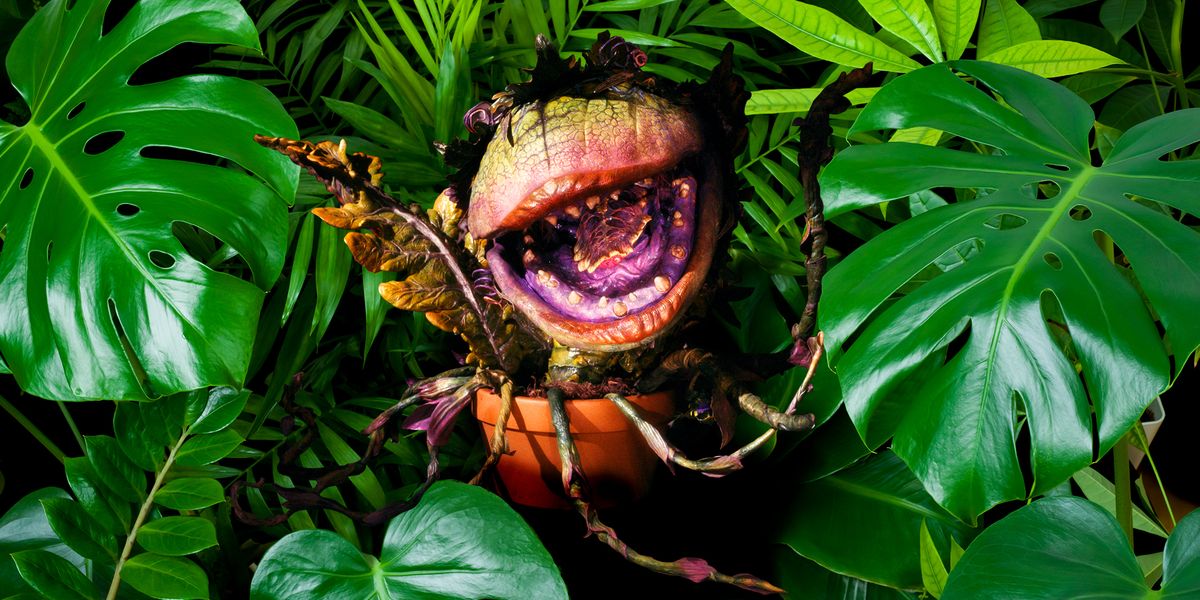
Art by Michael Stillwell
Since the houseplant boom began a few years ago, conspicuous vegetation has pervaded virtually every nook and cranny of our homes and lives. Aspirational interior on Instagram? Count the plants. Aspirational anything on Instagram? Ditto. You can’t walk into an it-list boutique or restaurant (now that you can walk into them) without being confronted by a perforated philodendron or a foliate fiddle leaf fig. There are houseplant influencers, houseplant concierge services, houseplant subscriptions—not to mention Amazon’s really quite wonderful (and newly expanded) dedicated plant store. And now, some social-savvy plant purveyors have begun positioning their leafy wares as skin-beautifiers, suggesting that they should be as much a part of self-care as moisturizer and bath salts. It sounds like masterful marketing spin, but there might actually be something to it.
A study conducted by the Royal Horticultural Society in the UK in 2018 found that houseplants can help alleviate dry skin by increasing the relative humidity in an indoor space. The more hydrated your skin is, the healthier its barrier function is likely to be: ergo, less wrinkles and redness, and a juicier, plumper complexion overall. Plants create moisture in the air through a process called transpiration, releasing water vapor via their leaves in a sort of green exhale—and those that require more water to grow (including peace lilies, English ivy, spider plants, and areca palms) tend to be the heaviest breathers.
Puneet Sabharwal, CEO of New York-based plant subscription service Horti, suggests grouping several plants together to boost their overall transpiration effect, and recommends periodically wiping down their leaves. “Dust can accumulate and block the pores that the plants use to breathe,” he says. “Think of it like a window. If you clear the dust, more light can get through. If you clean the leaves, the plants can breathe more efficiently. They will also absorb more light, which will boost their activity overall.”
What of the much-touted air-improving powers of plants? A famous 1989 NASA study found that by absorbing carbon dioxide and releasing oxygen, common houseplants such as pothos, draecena, and aloe vera could remove 87 percent of indoor pollutants from the air within 24 hours (a good thing for your complexion as well as your lungs—those pollutants, just like those you encounter outdoors, ravage the skin by bombarding it with free radicals). Sabharwal recommends keeping a snake plant in the bedroom since it is one of the only plants that releases oxygen during the night, but also cautions that there’s only so much that photosynthesizers can do to combat the gunk that’s in our air. “To be clear,” he says, “In a 500 square foot apartment you would probably need about 500 plants to measure a considerable drop in toxins. Even a single plant is contributing to air purifying effects, but not to an extent that it’s replacing a HEPA.”
Ultimately, the biggest beauty boost that plants can give us may start in our brains. Being in the presence of greenery lowers blood pressure, aids concentration, and enhances immunity. Certain bacteria in soil have even proven to have an anti-depressant-like effect, boosting serotonin levels when inhaled. Houseplants provide a calming connection to the natural world, and caring for them is a mindful, meditative practice that prompts levels of cortisol—the bad guy hormone implicated in everything from weight gain to premature aging to acne—to plummet. “Plants support your overall wellbeing,” says Sabharwal. “If you are happier, won’t your skin be happier too?”
April Long writes about beauty, wellness, and luxury skincare for Town & Country.